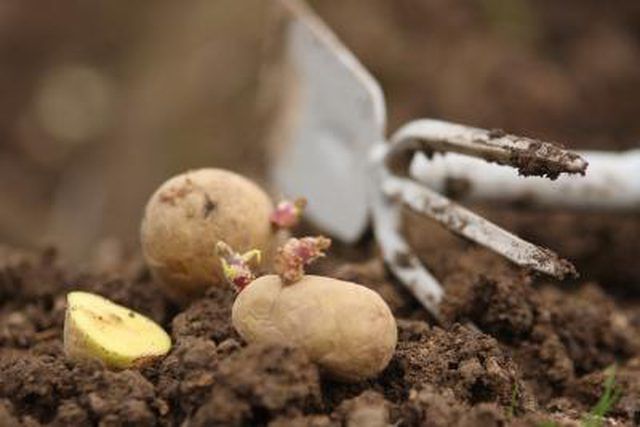Bulbs
Flower Basics
Flower Beds & Specialty Gardens
Flower Garden
Garden Furniture
Garden Gnomes
Garden Seeds
Garden Sheds
Garden Statues
Garden Tools & Supplies
Gardening Basics
Green & Organic
Groundcovers & Vines
Growing Annuals
Growing Basil
Growing Beans
Growing Berries
Growing Blueberries
Growing Cactus
Growing Corn
Growing Cotton
Growing Edibles
Growing Flowers
Growing Garlic
Growing Grapes
Growing Grass
Growing Herbs
Growing Jasmine
Growing Mint
Growing Mushrooms
Orchids
Growing Peanuts
Growing Perennials
Growing Plants
Growing Rosemary
Growing Roses
Growing Strawberries
Growing Sunflowers
Growing Thyme
Growing Tomatoes
Growing Tulips
Growing Vegetables
Herb Basics
Herb Garden
Indoor Growing
Landscaping Basics
Landscaping Patios
Landscaping Plants
Landscaping Shrubs
Landscaping Trees
Landscaping Walks & Pathways
Lawn Basics
Lawn Maintenance
Lawn Mowers
Lawn Ornaments
Lawn Planting
Lawn Tools
Outdoor Growing
Overall Landscape Planning
Pests, Weeds & Problems
Plant Basics
Rock Garden
Rose Garden
Shrubs
Soil
Specialty Gardens
Trees
Vegetable Garden
Yard Maintenance
How to Fight Potato Scab
How to Fight Potato Scab. Potato scab is a condition caused by bacteria called Streptomyces scabies. You won't see signs of the problem above ground. Instead, you see the evidence on the skin of the potatoes (Solanum tuberosum). The lesions vary in appearance and might include slightly raised scabs, pits, cracking, darkening or a corklike feeling...

Potato scab is a condition caused by bacteria called Streptomyces scabies. You won't see signs of the problem above ground. Instead, you see the evidence on the skin of the potatoes (Solanum tuberosum). The lesions vary in appearance and might include slightly raised scabs, pits, cracking, darkening or a corklike feeling to areas of the potato. The growing conditions often affect the occurrence of potato scab. By improving the soil and care of the potato plants, you reduce the risk for potato scab.
Things You'll Need
Tiller
Compost
Ammonium sulfate
Choose a scab-resistant potato variety. Options include "Juliette," "King Edward," "Pentland Javelin" and "Golden Wonder." Check out the tubers you plan to use to look for signs of scab.
Rotate the location where you plant potatoes with four or five years between. Alternate with corn (Zea mays), grasses (Poa annua), soybeans (Glycine max) or small grains, which seem to reduce the risk of scab affecting future crops of potatoes. Don't use red clover (Trifolium pratense) as a rotation crop if scab was a problem in the garden area in the past. The clover might increase the risk of scab to future potato crops.
Work the soil well with a tiller so the soil isn't compacted. Till in 3 to 4 inches of compost to improve the soil structure. The improved soil quality may help reduce potato scab. It also helps the soil retain moisture, which is key in preventing scab.
Test the soil to check the pH level, which should be between 5.0 and 5.2 to create the acidity that reduces the risk of potato scab. Test each year to check the levels.
Apply ammonium sulfate to the potato hills during planting. Apply the fertilizer around the seed potato without the the ammonium sulfate actually touching the potato. The standard application rate for vegetable gardens is 1 pound of ammonium sulfate per 100 square feet. The ammonium sulfate increases the acidity of the soil to get closer to the 5.0 to 5.2 range. It may take several years of application to get to an ideal acidity level.
Irrigate the potato plants regularly, especially for the four to six weeks when the tubers develop. Dry soil can contribute to scab development. Avoid overwatering, which can cause the potatoes to rot.